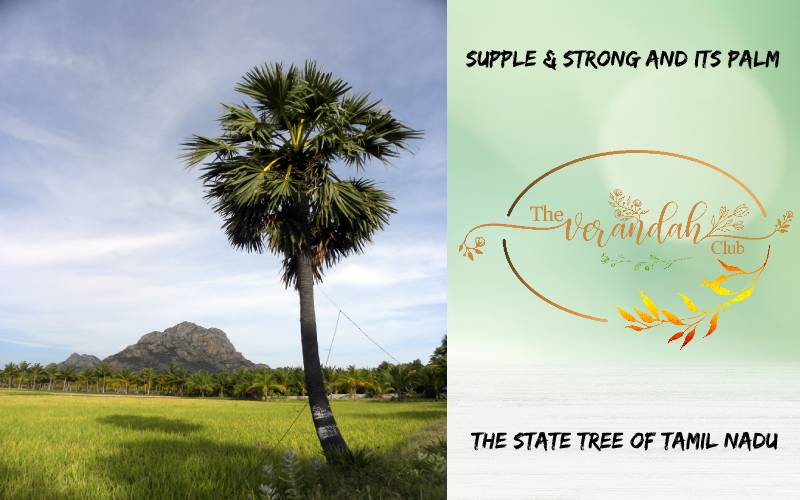
Panai Maram or the palm tree happens to be the state tree of Tamil Nadu. This tree is part of Indian culture and tradition. It is mostly found in the southern part of the country and there are around 8 crores of Palm trees in India. About half of them are in Tamil Nadu. The Palm tree was found in the flag of Grandsire Bheeshma, and it was fluttering on his chariot amidst the Kurukshetra war.
Palm tree cultivation is an integral part of Indian agriculture. There are about 12 types of palm trees in India – Coconut, Date palm, Beetle palm, Sago palm, Royal palm, Oil palm, Fox tail palm, Fish tail palm, Aren palm, Doun palm, Tally pot palm, and the palm which is known as Dorassus Flabelliser. While there are about 106 species of palms distributed in India, the above mentioned are the most important. There could be more than 2600 species of palm trees and they are found in tropical, subtropical, and temperate climates.
Palms are amongst the most widely found tree families. Many everyday products and food are from these trees. The palms were symbols of victory, peace, and fertility. Let us look at some of the unusual palms. Coco de Mer has the largest seeds. The seeds are 30 – 50 cms in diameter and weigh anywhere in between 15 to 30 kgs. The Rafia palms have leaves which are 25 meter long and 3 meters wide. These are the biggest leaves of any plant in the world. The Corypha palms have the largest inflorescence (Flowering part), and they grow up to 7.5 mts. These trees contain millions of small flowers. Columbia’s national tree, Wax palm is the tallest variety of palm and reaches a height of about 70 mts.
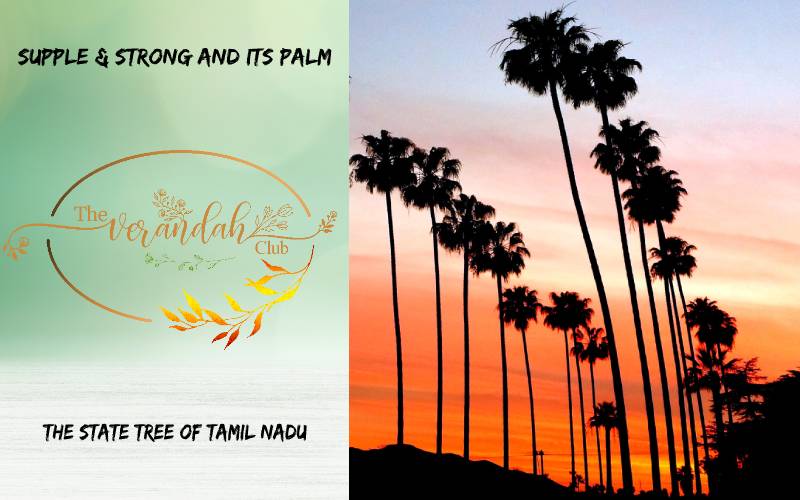
One can find fossil record of palms belonging to the Cretaceous period (80 million years ago) and the Nipa palm or Mangrove palm can be seen as its descendants. Today, some of the palms are in danger because of human activities. The Pritchardia Affinis of Hawaiian Islands is critically endangered. Harvesting the heart of a palm for food and the use of rutten palms for making furniture are causes for the threat while more than 100 are endangered.
Rare kinds of palms do not do well in parks for one cannot recreate the wild areas from where they come from. The year 1984 is important because the Palm Specialist Group was founded by the World Conservation Union (IUCN). This was supported by the WWF. This group began to gather a lot of information and an action plan to save rare palms was drafted by 1996.
Palm farming is old as civilization itself. If not for the Date palm, the expansion of human race into the hot and the barren parts of the world would have been restricted. South Carolina is nicknamed the Palmetto state after the tree Sabal Palmetto which is found in abundance. The logs from this tree were used to build a fort at Fort Maultri. The spongy wood of this tree had helped to stop the British cannon balls during the American revolutionary war.
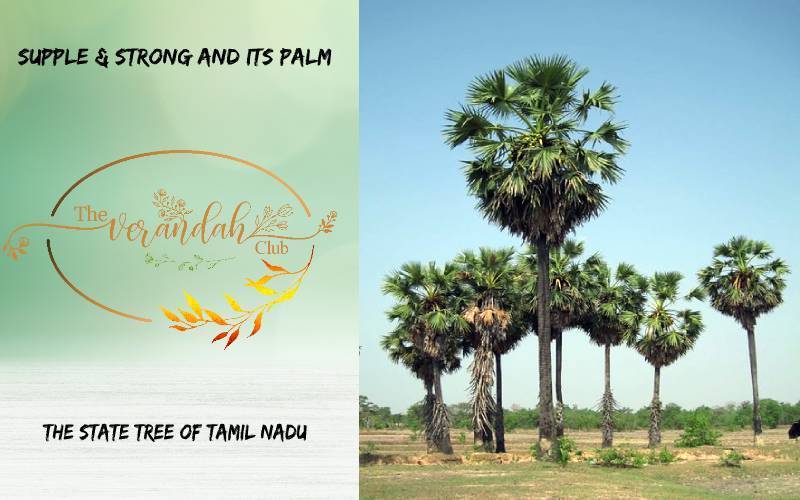
The palm is popular amongst religions, and it was the sacred tree for Assyrians and the Mesopotamians. Goddess Inanna, who had a part in the sacred marriage ritual, was thought of as the one who made dates abundant. In ancient Greece, it was a sacred sign of Apollo. The palm tree also represents the oasis. Gurudev Rabindranath Tagore has written a long and famous poem about the palm tree.
Now, let us look at state palm of Tamil Nadu. This tree protects the coast lines during the time of cyclones. It has rich ecological and economic value. It aids biodiversity conservation and is climate resilient. The delta region in Tamil Nadu is famous for its palm trees. The leaves were used as manuscripts and these had a lifetime of 400 years. The split trunk of these trees is being used as roof joists. Changes in the cultural and commercial attitudes costs a huge loss of palm trees. There was a time when people used these trees to mark their land boundaries, for they have a life of 120 years. They were also planted around waterbodies for they believed to recharge water. The root has a central fiber surrounded by a spongy layer that stores water. Therefore, the palm trees played a significant role of water in aquifers.
There was a time when palm trees were planted in places where forests ended, and human habitations began. These trees were planted without much of gap, and this helped in preventing carnivores and elephants venturing into the villages. Thus, the palm trees played a role in the prevention of man animal conflict. The palm tree shelters birds and reptiles. The fibrous trunk has sort of elasticity and therefore it bends and does not break. This helps the palm to withstand heavy winds and cyclones. The crown of fan-shaped leaves in the palm trees are light in weight and therefore make them resilient against wind. Besides, the leaves are also sturdy against winds and rains for they are leathery. It was recently observed that even rooftiles had been blown away during the cyclone, but roofs made of palm leaves stayed safe. The fibrous roots go deep and wide into the soil, thereby it prevents erosion while also conserving soil moisture.
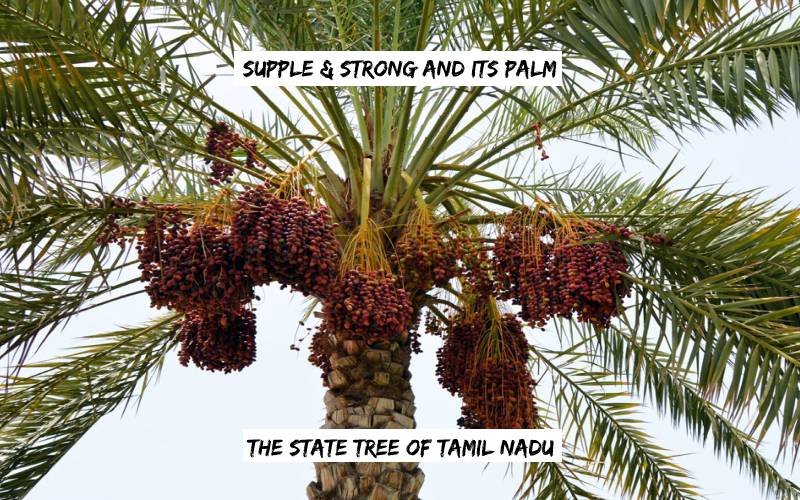
There are literary and religious reasons for conserving palm trees. We inherit the Vedas, Upanishads, ‘Divya Prabandam,’ ‘Thevaram,’ ‘Brahmasutram’ and its bashyams, works like ‘Silapadhikaram,’ ‘Manimeghalai,’ and ‘Thirukkural’ are in palm leaf manuscripts. Palm trees got endangered after toddy tapping was stopped in 1987. However, proponents find toddy in moderate quantities to be helpful. They do not consider it to be an intoxicant for they consider it to be food or medicine. These trees do not need space. With not much of a canopy, it does not interfere with the buildings. This tree does not have any superstition attached to it.
Tamil Nadu has a long coastline, and it would do well to plant palm trees to save the people from dilapidating cyclones. Conservation coupled with economic benefits help in the development of palms. Several conservationists promote sustainability and livelihood by engaging women to make palm leaf products. Homepreneurs amongst women makes snacks using palm jaggery. Vendors selling Nungu (Jelly-like tender seeds of the palm) earn more than 20,000 rupees per month for nungu is available for about 8 plus months in a year. Palms trees in different region have different fruiting season and this helps them. Some engineers with a diploma have quit their jobs to sell nungu.
The palm tree yields about 150 liters of padhaneer or neerasap extracted from the inflorescence. It yields 25 kgs of jaggery, 15 kgs of palm sugar, besides non-edible products like fiber, leaves, and choir. This sums up to about rupees 3500 per annum per tree. With about a 450 trees per acre, a palmyra farmer can possibly earn 15 lakhs per annum, but it was never considered a plantation crop.
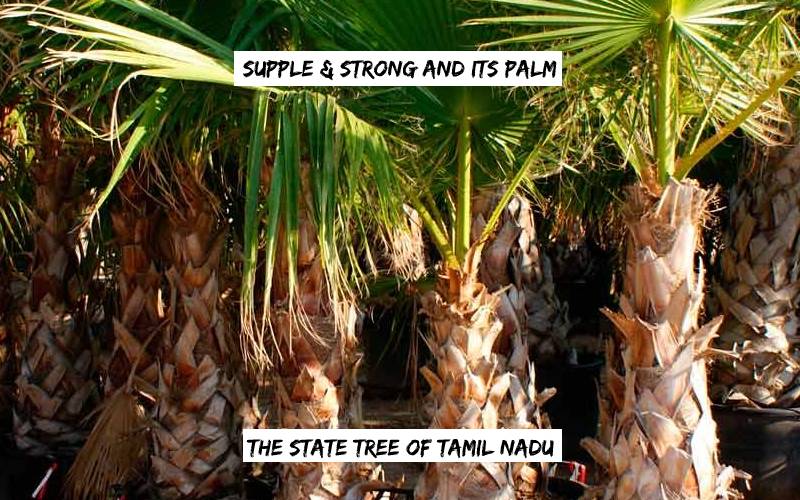
The State of Tamil Nadu has promoted the Tamil Nadu Palm Products Development Board, this provides support for research, sales, export, production, employment and training and welfare schemes for people indulging themselves in the palm trees. The drought resistant palm trees can survive under worse situations and does not need special care. The low maintenance palm trees have an impressive cost benefit ratio. The state of Tamil Nadu has also promoted the Tamil Nadu State Palmgur and Fibre Marketing Co-operative Federation Ltd., to promote its state tree.
Palm products like, Palm sugar, chocolates, toothbrush, take it a long way. Palm leaves are used for making fans, hand-fans, umbrellas, boxes and baskets. The nungu from the palm trees help people during summer. The right palm fruits are rich in micronutrients and has high fibrous content. They are known as Panaikizhangu-s (Palm-tubers). This could be boiled, fried and made into a powder. This powder can be used in food items like adai and dosai. Some shades, handy craft items, mats etc., can be products made from the palm trees.
The Panai or the Palmyra in Tamil Nadu is also the district tree of Palakkad. This tree is considered sacred and is worshipped as the Karpaga tharu. Unless these trees are used for several purposes, they may not be of interest to people, say the conservationists. Let us remember that until modern times the folded section of the leaves of the palm known as Cadjans were used in South India for documentation. The writing was being scratched on the surface with a stylus, the art of making theses cadjans gave people a healthy occupation. The palm added to the knowledge of Indian Society. It helped the society to preserve the knowledge and health as well. It is high time that we promote the Panai maram (Palm tree) which happens to be the state symbol of Tamil Nadu. No wonder the visionary statesman Bheeshmacharya has the palm tree as his symbol on his flag. Let us remember that Bheeshma was known for being wise, strong, and useful like the palm tree. Therefore, let us persevere our heritage and pay our obeisance to Bheeshma by conserving the Panai maram/palm tree in the interests of one and all.

Mr. Rajesh Govindarajulu is one of the founding members of the Verandah Club Pvt. Ltd. He is a leading columnist, historian, jeweler, entrepreneur, and a heritage enthusiast who is earnestly working to revive the past in the light of the present. Experiential learning about the history of Coimbatore is his main course of interest and he is also a panel member of many colleges in the city.
NEXT ARTICLE
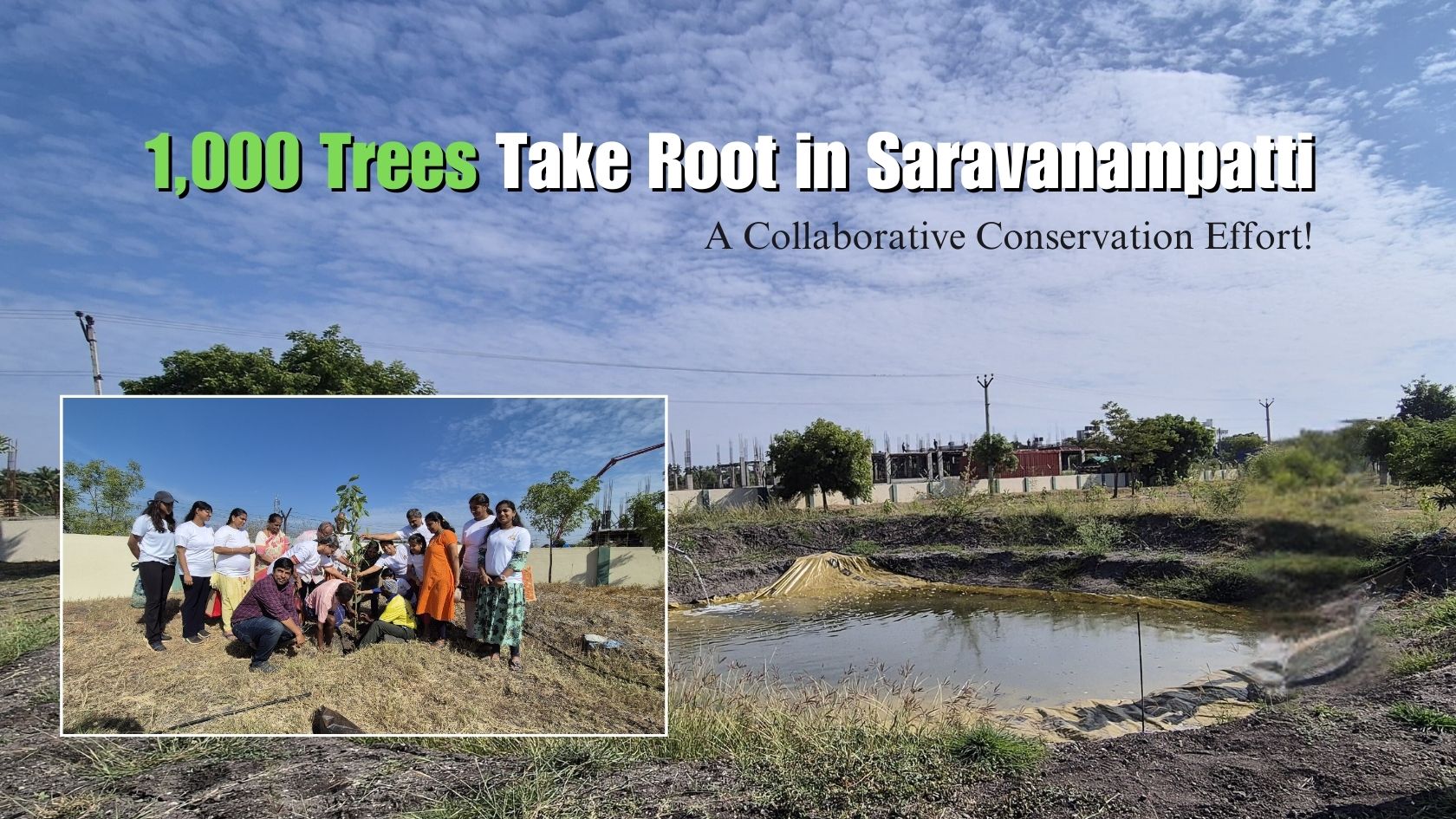
A group of eager volunteers and nature enthusiasts, gathered amidst the lush greenery, ready to embark on a mission to enhance the beauty of our surro...